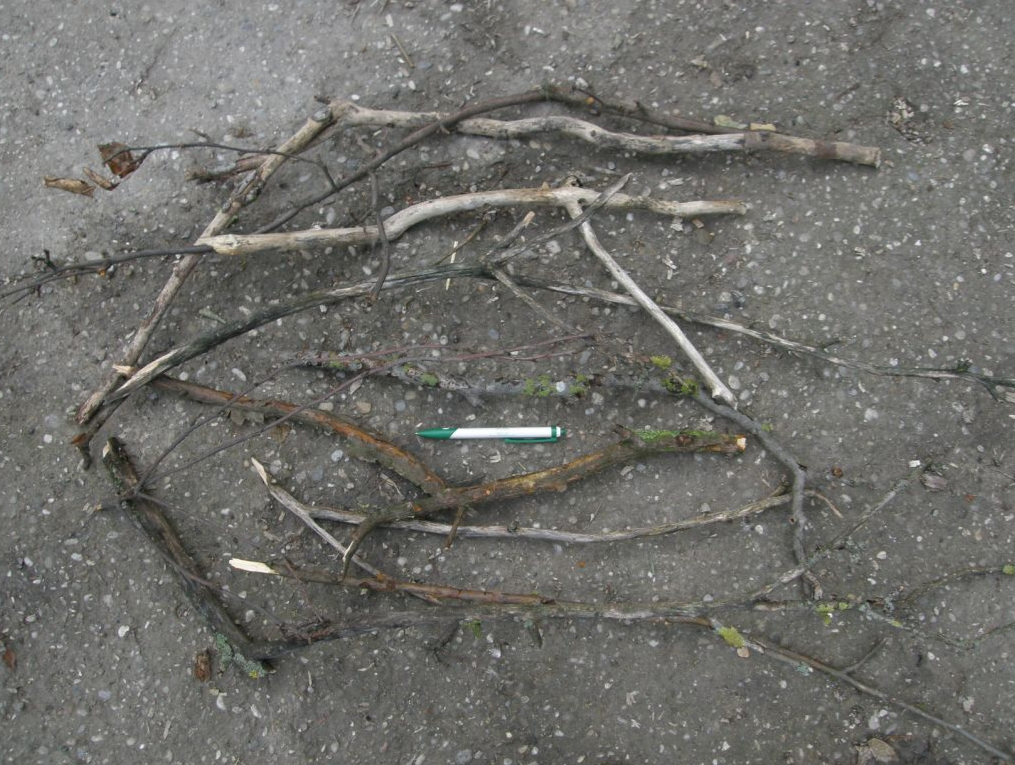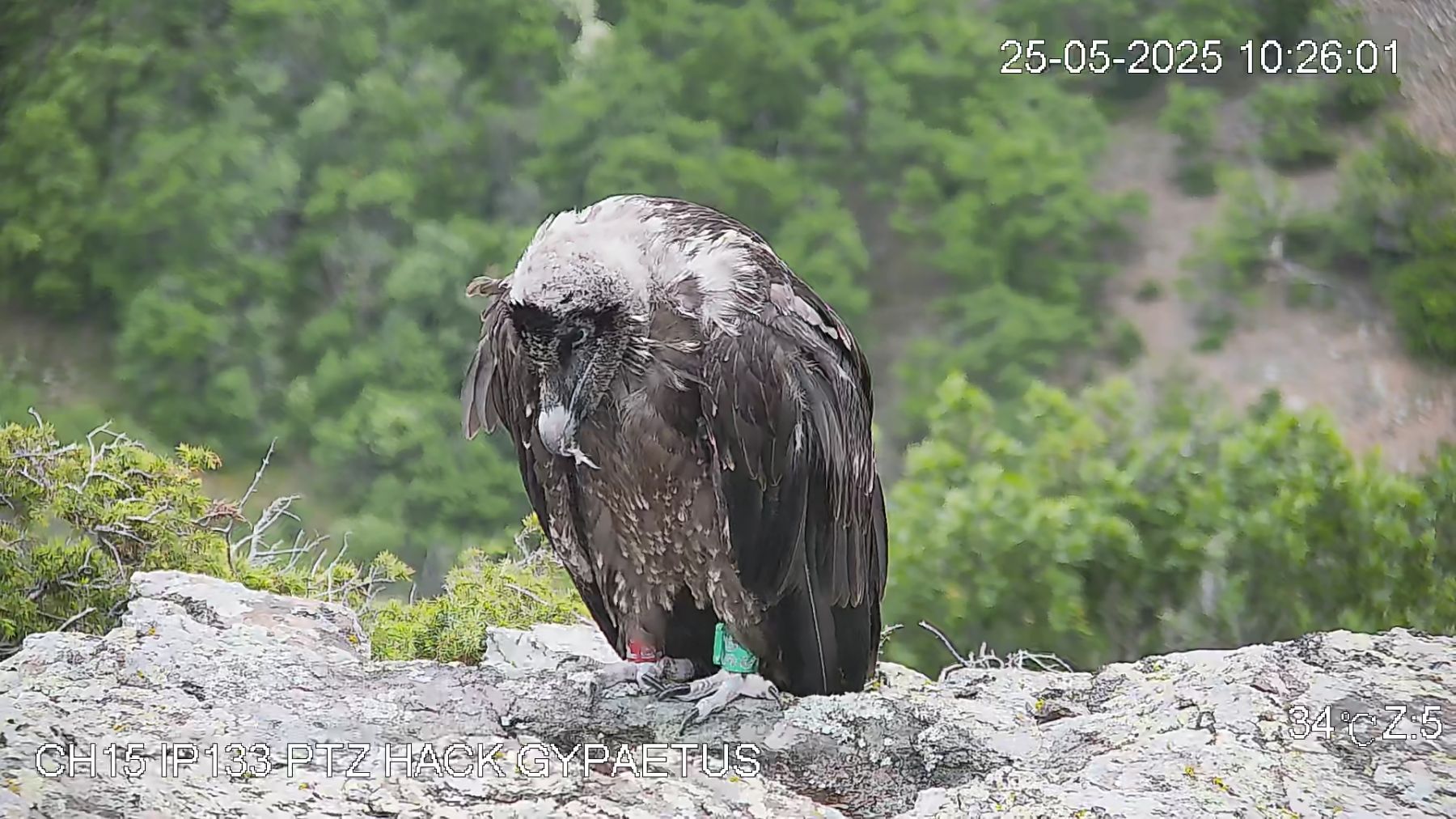
It’s that time of the year again when Bearded Vultures begin to mate! As coordinators of the Bearded Vulture Captive Breeding Network of zoos, specialised breeding centres and private collections, we always work closely with our colleagues across Europe to ensure the best breeding results from the 176 birds within the Network. So how do we help the birds in captivity to ensure the best breeding results?
Breeding in captivity
During this time of year, the 176 captive birds that are housed in the Bearded Vulture Captive Breeding Network, exhibit behaviours that indicate the breeding season has begun. Staff will see breeding pairs play with nesting materials such as sticks and wool, build their nest and engage in mutual preening and exhibit aggression towards neighbouring pairs. Two weeks ago, the breeding pair from Recovery Center Torreferrussa (Generalitat de Catalunya) started to mate, kicking off this year’s breeding season of Bearded Vultures!
Building the nest
One of the essential requirements to achieve breeding success is the quality of the nest. Each year an important number of eggs disappear or break during the incubation, and the main reason for these losses is the nest quality. So to minimise losses, human keepers need to provide the necessary material at the right time.
Alex Llopis, VCF’s Bearded Vulture captive breeding manager, started providing suitable material for nest construction at Vacallent Specialised Breeding Centre early on and in small portions to give birds enough time to construct their nest and to optimise stimulation and synchronisation of the pair. Necessary materials include washed wool and appropriately sized branches. It is important to wash wool since sheep wool is covered with Lanolin (Adeps lanae). So, if it’s not washed, it fills the surface pores of the eggshell with lanolin and that prevents the CO2 – O2 gas exchange in the egg, producing the death of the embryo! These materials should also be provided at the right time. Since nest construction is closely linked to weather conditions, materials should be offered to vultures on days without rain.
Why is captive-breeding important?

Captive-breeding for Bearded Vultures is essential for their reintroduction to the wild, and it was a critical component to bring back the species to the Alps after their extinction. For the past few decades, we have been releasing captive-bred Bearded Vultures into the wild to reintroduce the species across the Alps, France and Spain. This year we released a total of 22 Bearded Vulture into the wild, helping boost local populations across France and Spain – making it our best Bearded Vulture Release Season to date!
We hope that we have a successful breeding season ahead! You can follow the news of the breeding season on Facebook, Twitter, Instagram and LinkedIn with #BeardedVultureBreedingSeason.

We are currently finalising plans for the 2020 release strategy, which will be presented during this year’s Annual Bearded Vulture Meeting.
Every year during the Annual Bearded Vulture Meeting, we bring together the people that make up the Bearded Vulture community to discuss and share their work conserving Europe’s rarest vulture.
This time the meeting will take place in Ordino, Andorra between 15 to 17 November. The first two days will be dedicated to presentations, which cover the different regions and aspects of Bearded Vulture conservation in Europe. On the third day of the meeting, participants will head out to the mountains for a field trip to observe Bearded Vultures and other wildlife in nature.
So, join us as we discuss the latest research and conservation of Bearded Vultures across Europe. Registration is open until Sunday 1 November.Registration








